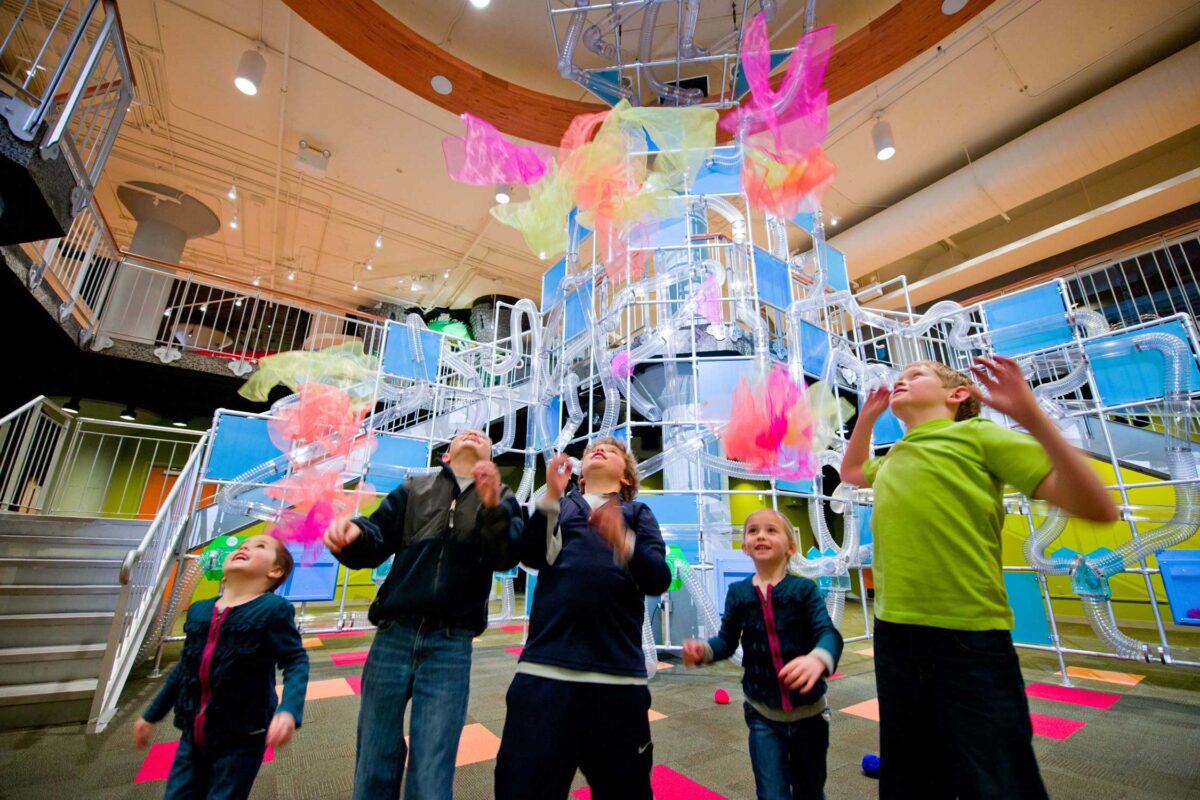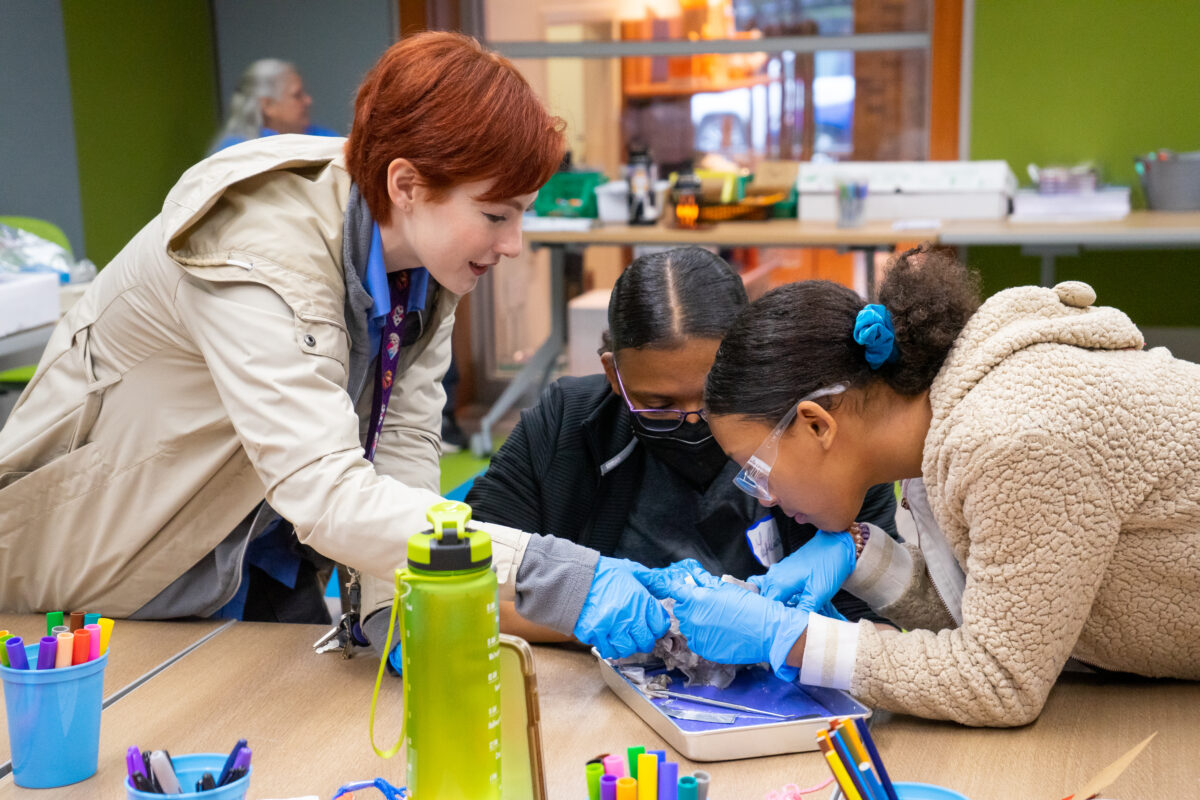From Curiosity to Innovation:
The Evolution of the Museum of Discovery

1927

“I'll show 'em!”
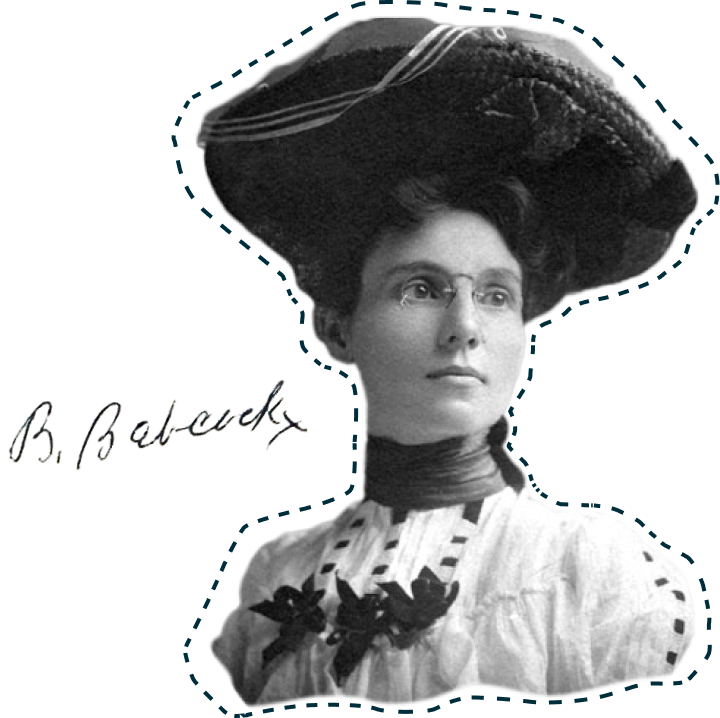
Bernie Babcock - 1868 - 1962
This is what Bernie Babcock, an author, a champion for women's rights, and a loving mom said to a local reporter when she opened the Arkansas Museum of Natural History and Antiquities on March 11, 1927.
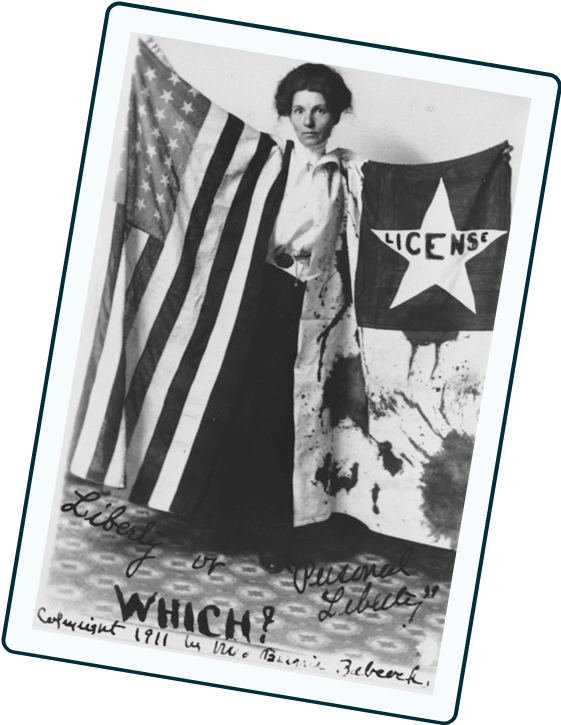
Bernie believed that the museum would change the way people thought about Arkansas. Some articles written by a person named H.L. Mencken made Arkansas seem like it wasn't important. But Bernie knew she could make a difference and show everyone how amazing Arkansas truly was!
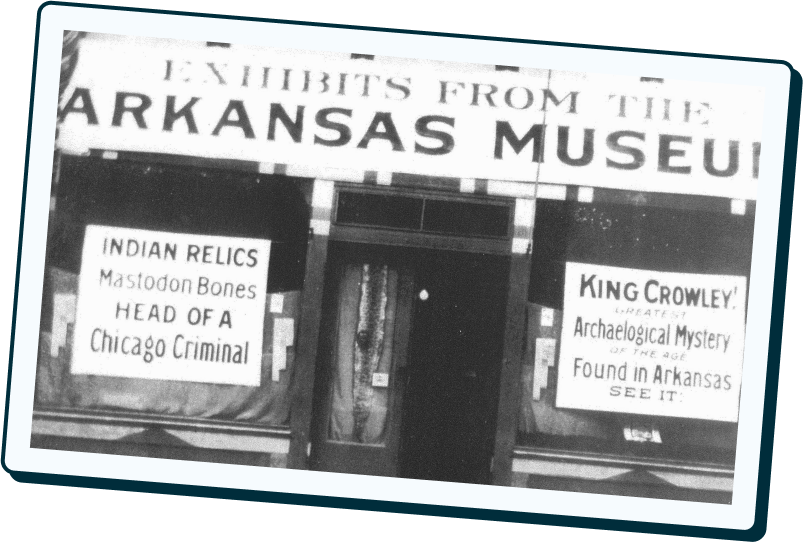
1935
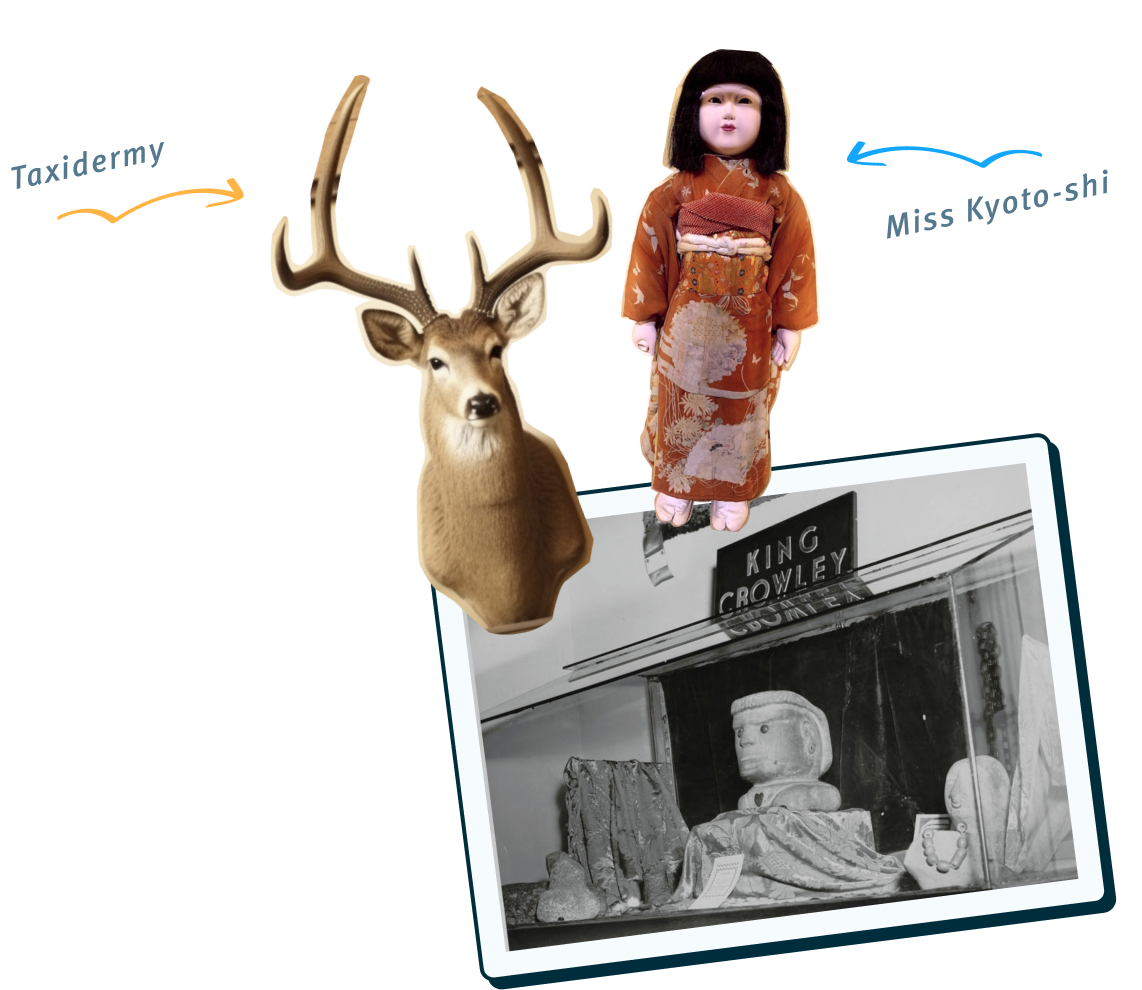
The museum started in a small store on Main Street, but it quickly became so popular that it had to move to the third floor of Little Rock City Hall. However, it had to close in 1935 because the city needed the space.
1939
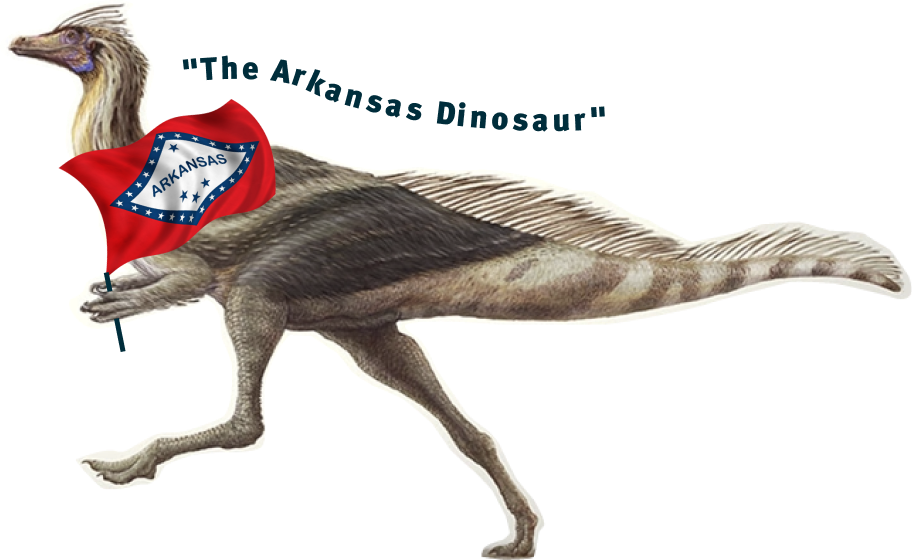
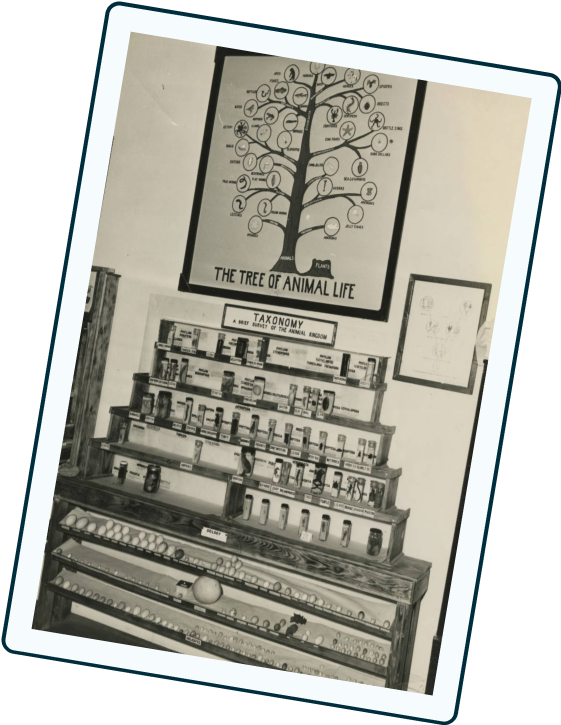
But Bernie didn't give up. She searched for a new home for the museum and found the Tower Building in MacArthur Park. In 1939, the city agreed to give money to transform the building into a proper museum.
1942

In 1942, the Arkansas Museum of Natural History and Antiquities reopened, and hundreds of excited people came to see it! The city and the public helped Bernie make the building look like the famous American Museum of Natural History in New York.
"To you and others who have made this possible goes a great deal of credit. I congratulate you in the accomplishment of this great work."
Arkansas Senator Hattie Caraway in a letter sent to Bernie in 1942
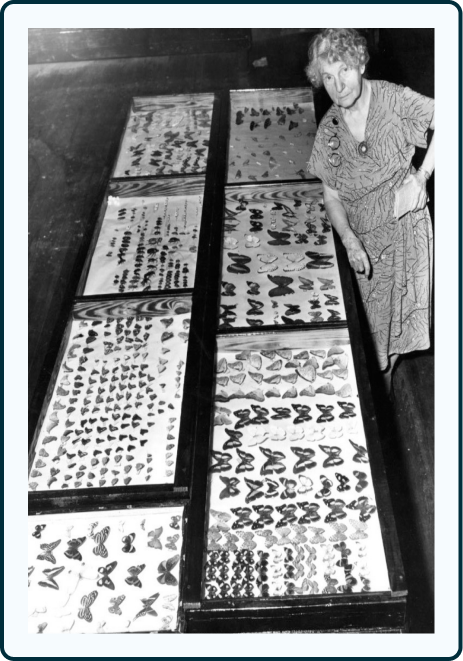
1952
Ever the promoter, Bernie emphasized the fact that the museum’s new home, the former Tower Building of the U.S. Arsenal, was the birthplace of General Douglas MacArthur in 1880 (his father, a U.S. Army captain was stationed in Little Rock for a time.) In fact, a museum gallery was made to look as if it was a replica of the MacArthur’s apartment. Additionally, the adjacent park was named in his honor.
On March 23, 1952, in part thanks to Bernie’s tenacity, General MacArthur, along with his wife and son, visited his birthplace. MacArthur toured the museum, signed the guestbook and gave a speech to thousands of onlookers in an adjacent rose garden.
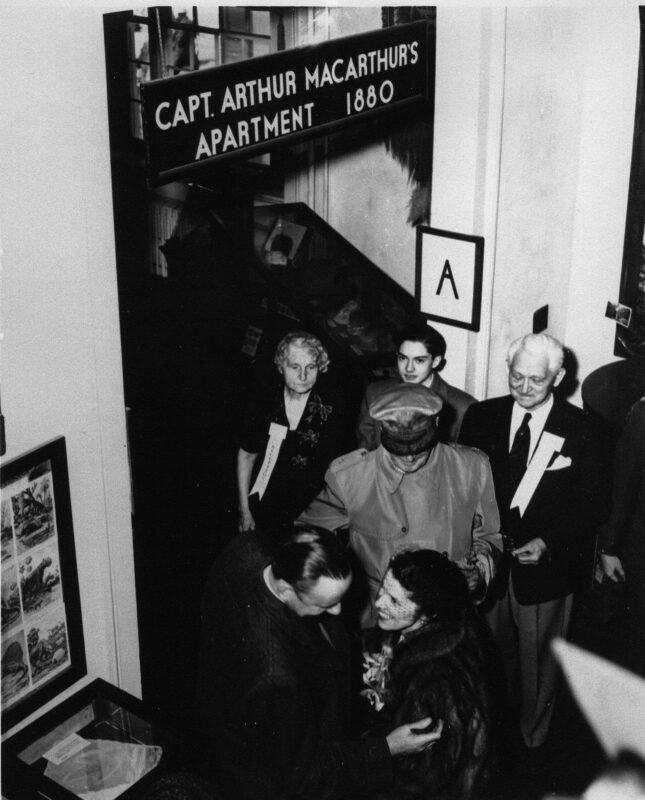
1953
Viewing General MacArthur’s visit as a massive success, Bernie retired on September 1, 1953. She sold several of the antiques she had purchased on her own to the museum, and donated the rest. Bernie moved to a small cabin on top of Petit Jean Mountain where she began to paint and continued to write.
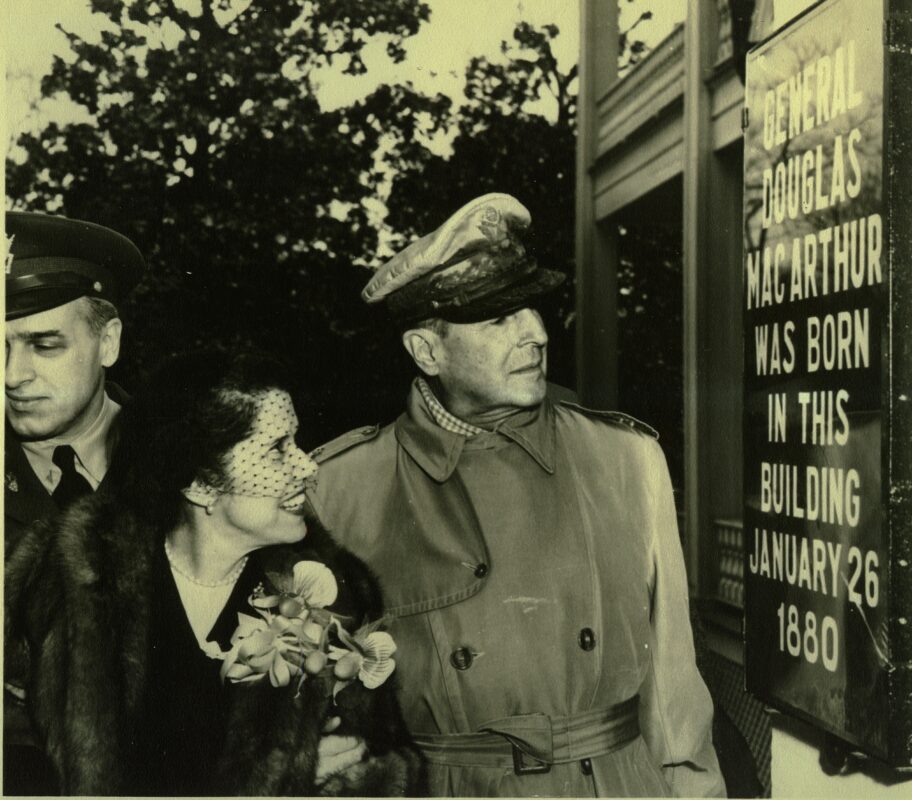
1957
The museum opened several exhibits focusing on world cultures including “Archaic and Medieval Mexico” and “Central and South America.” The Egyptian Room contained one of the most popular features, especially with children, a 2,500-year-old mummy. Bernie had acquired the mummy from the University of Pennsylvania Museum. Because some guests scoffed at its authenticity, Bernie had it x-rayed at the University of Arkansas School of Medicine. The imaging confirmed the mummy’s authenticity and to prove skeptics wrong, Bernie placed a framed x-ray next to the mummy in the museum.
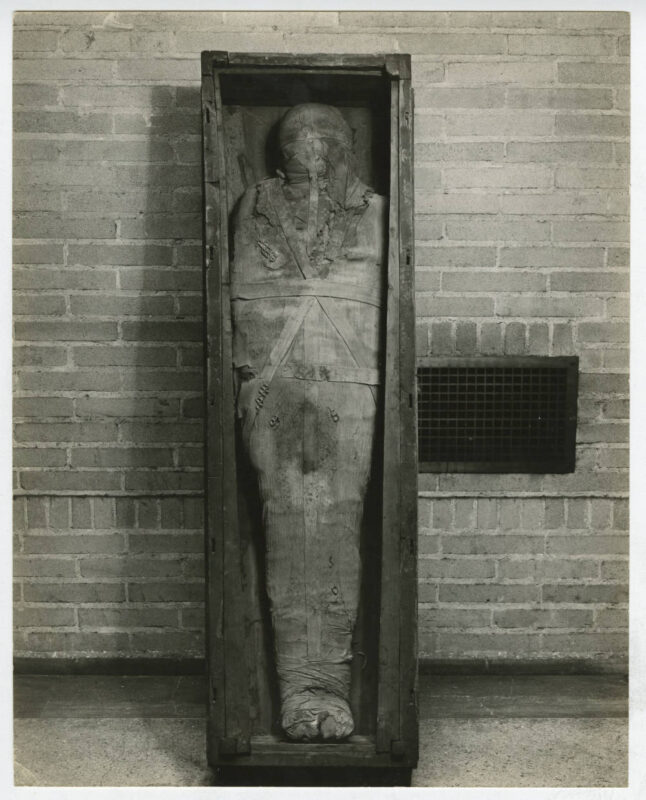
1960
The Museum started placing a greater emphasis on science-related exhibits and opened the Audubon Hall of Ornithology with the assistance of The Pulaski County Audubon Society. The impressive collection that represented more than 100 bird species and included 75 nests debuted to much fanfare.
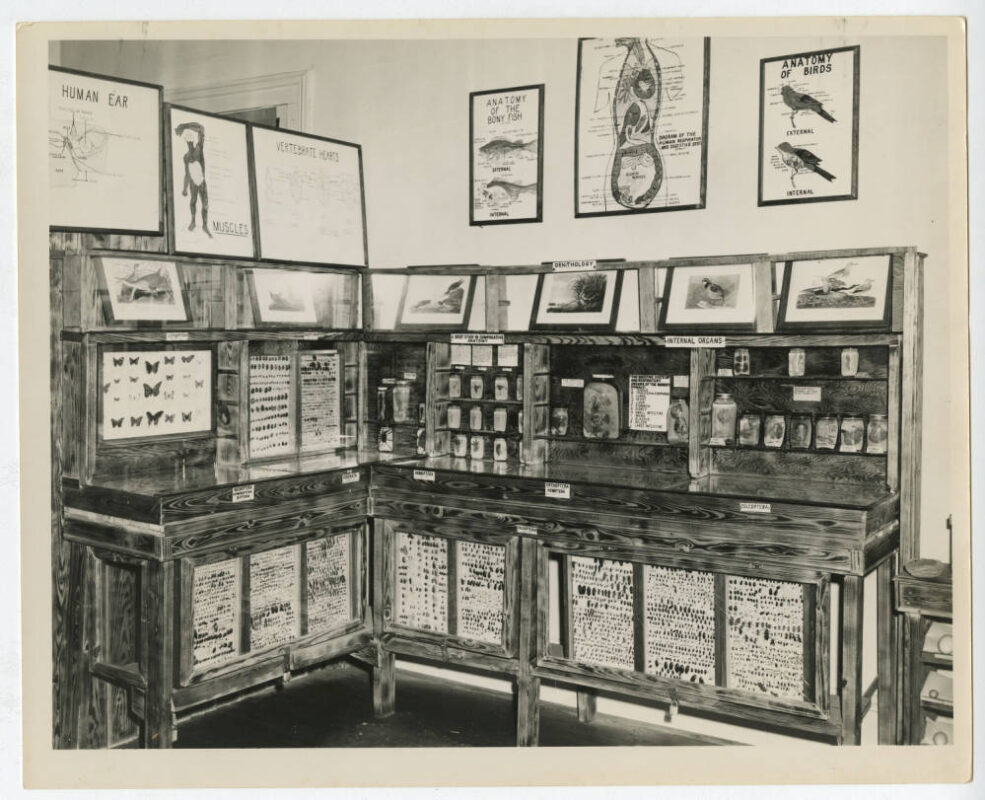
1962
Bernie Babcock, best-selling author, suffragist, mother of five children and a museum, died at home on June 14, 1962 at the age of 94. A neighbor found her at her desk, in her mountaintop home aptly named Journey’s End, with a manuscript in her hand. She was buried with her husband in Oakland Cemetery in Little Rock.

1964
The focus on science grew even greater so the decision was made to change the institution’s name to The Museum of Science and Natural History. The same year brought the debut of an exhibition focused on gems, rocks and minerals with the support of the Arkansas Gemological Society. The success of this display paved the way for two significant donations – the Thibault Collection and the Batty Collection. The Thibault collection consisted of 902 pieces of pottery, utensils and other artifacts made by a Quapaw tribe and retrieved from mounds near the Arkansas River. The Batty Collection consisted of more than 2,600 pieces of glassware representing 1,8000 patterns.
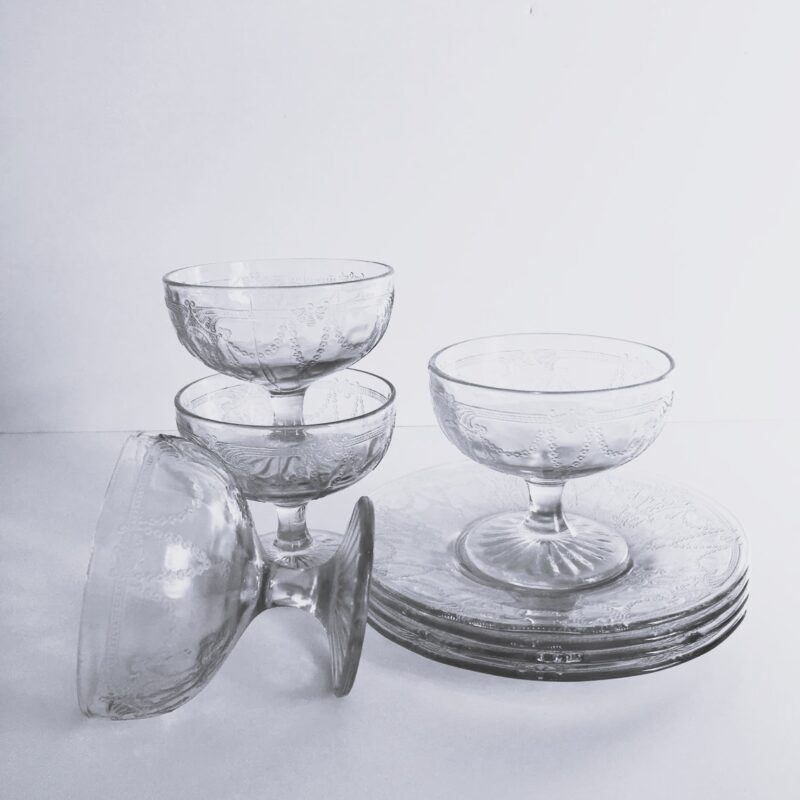
1974
Margaret Shull of Russellville donated 367 Kewpie dolls to the museum in honor of her late husband. The collection was valued at $23,000.
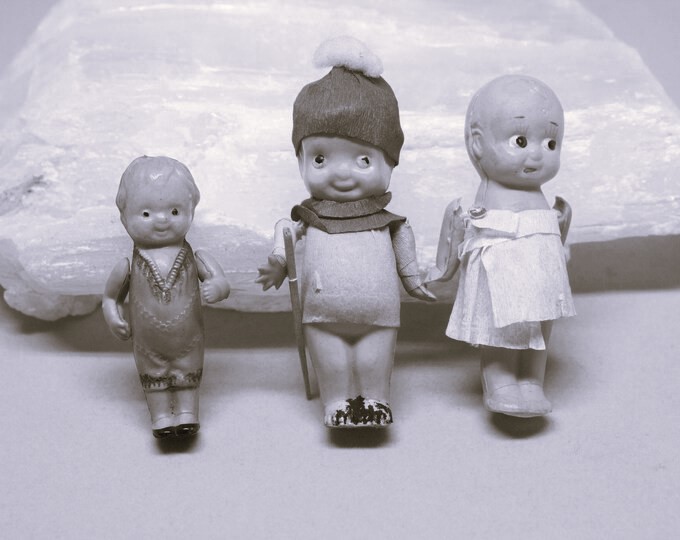
1980's
As the museum’s educational programming expanded to have an even great emphasis on science and public attendance grew, it became increasingly clear that a new home would need to be located. This led museum leadership and the board to begin the search for a new building.

1998
The museum moved to its current location in the River Market under a new name – Museum of Discovery: Arkansas’ Museum of Science and History

2002
The Arkansas Children’s Museum, located in the Union Train Station, merged with the Museum of Discovery after facing a lack of funding and a lease expiration. With the merger, the Museum of Discovery began offering gallery space and programming for early childhood.

2012
Following a massive renovation funded by the Donald W. Reynolds Foundation and a capital campaign, the Museum of Discovery reopened with brand new galleries and an expanded facility as well as an updated mission of igniting and fueling a passion for science, technology, engineering, arts and math through dynamic, interactive experiences.
